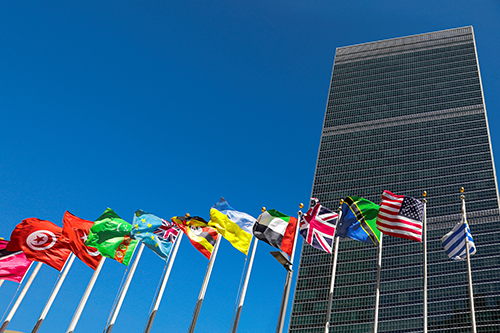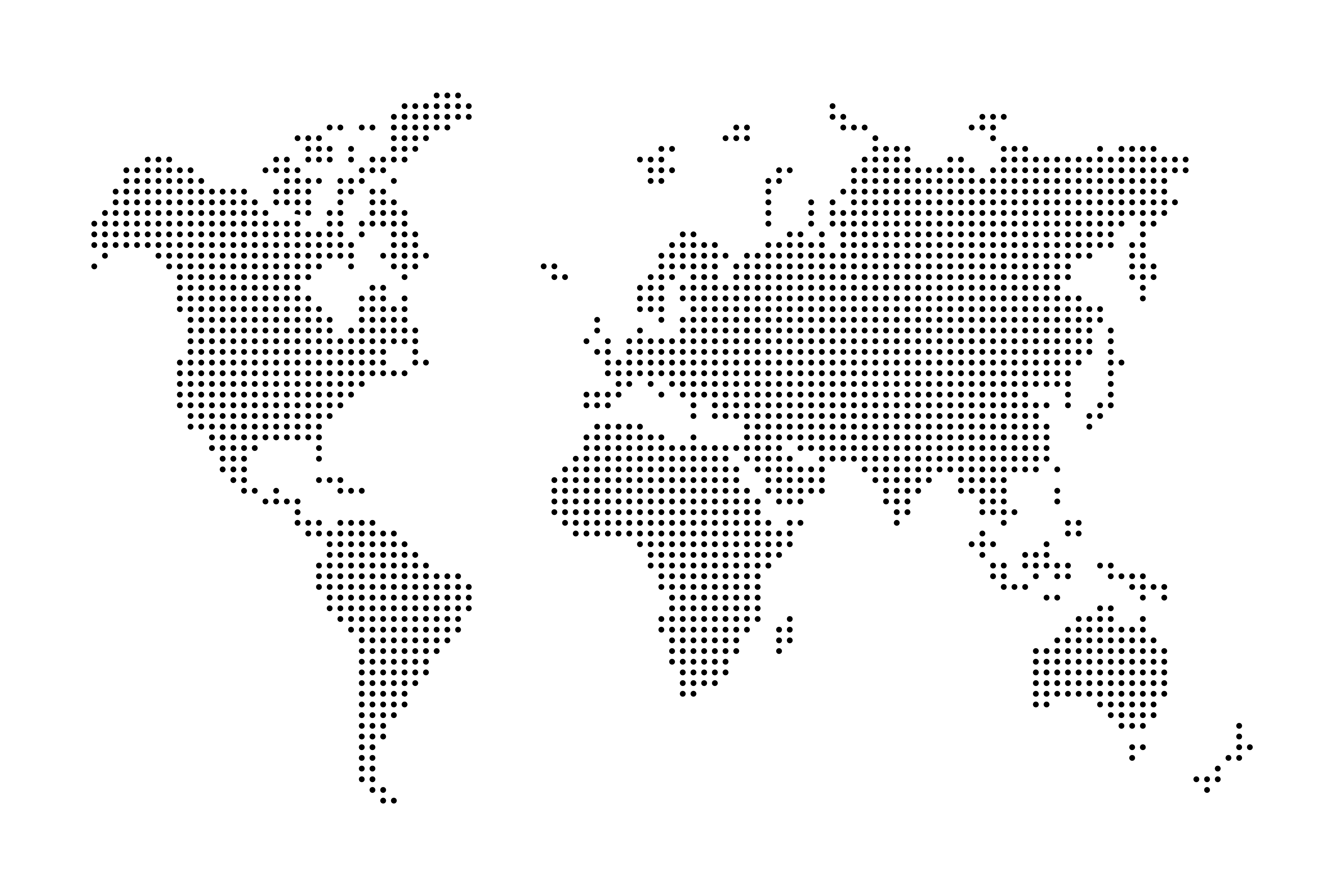
For Consultation: Principles on the Use of Revenues from Solidarity Levies
Cette consultation est maintenant terminée.
How to respond
Please read the below draft principles on the use of revenues from solidarity levies.
Please note that we are not inviting direct comments on the framing paper. This document is solely intended to provide contextual observations as a background to the proposed draft principles which are the main subject of the consultation.
To respond, please complete the form by 17 heures CEST, vendredi 15 août 2025.
To ensure a streamlined and efficient process, we are inviting comments on a section-by-section basis (four sections) rather than on all ten principles individually. You are welcome to comment on as many or as few sections as you like.
Please read the guiding questions, provided below the principles. You are invited to respond to these questions in your response under each section. You do not have to respond to all questions in each section.

Draft Principles for Consultation
These principles for consultation have been prepared solely under the authority of the Secretariat to the Global Solidarity Levies Task Force. It does not represent the views of the governments who are members of the Coalition for Solidarity Levies, nor any individual members of its expert group or any partner international organisations.
100% Solidarity
The proceeds of the levies will be fully used for solidarity at home and globally. This would allow for a clear, unambiguous communication around the levies (as “solidarity levies”) and avoid criticism that the proceeds could be used for contested issues (such as defence or fossil fuel exploration) or be only a means for countries to improve their public finance rather than further the fight against extreme poverty, inequality and climate change. More particularly, funds should be used fully to delivering public goods such as healthcare, education and food security (both nationally and globally), sustainable development, fighting poverty and inequality, and climate action.
Climate and Development
All proceeds of any levies to be agreed by COP30, whether used domestically or globally, should be used to fund the fight against extreme poverty, inequalities and climate action together. This will reinforce the fact that climate and development cannot be separated one from another and should not be pitted against each other.
The Importance of Concessional Resources
Given the nature of the revenues from solidarity levies (predictable, debt free) and existing solidarity levies, the coalition agrees to prioritize their use to benefit the poorest and most vulnerable countries, and sectors which, by definition, require more highly concessional public funds and are particularly underfunded.
Option A:
These sectors include inter alia:
- The fight against pandemics and the strengthening of health systems
- Climate adaptation, agriculture and food security
- Addressing loss and damage
- Just transitions
- Biodiversity
- Gender equality
- Social protection for resilience
Option B
The revenues from the levies will be used to address resilience (to climate change but also pandemics and other external shocks) in both developing and developed nations. The human, social and economic costs of resilience and adaptation have exponentially increased across the globe over the last few years and will continue to do so, and all countries are faced with the challenge of mobilizing additional resources for it.
Responsibilities of countries
Level of Ambition
While implementation of the levies remains the responsibility of governments, the members of the coalition agree on a minimum set of criteria (such as the base and rate) for each levy to ensure a comparable level of ambition across groups of countries and a minimum amount to be raised.
Funding Action at Home and Globally
Poorer countries (LIC and LMICs) can decide to use 100% of the proceeds domestically.
Developing countries, in particular emerging economies, can, however, decide to also use a certain percentage globally. For advanced economies (TBD), at least 50% (TBD) should be used globally, the rest domestically in line with the agreed principles. The coalition could also agree on a minimum floor for emerging nations (such as 10% to be used internationally). Poor countries would receive a top up (TBD) to the domestic revenues raised.


Sovereignty of countries
Tax Sovereignty
The minimum criteria for each levy will be determined in a separate process, by ‘clubs’ bringing together the countries which commit to work towards the implementation a specific levy. Every country can then, based on these minimum criteria, adapt the design of their tax/ levy, decide on the right collection and earmarking mechanism in line with their own system and thereby retain full sovereignty. The Task Force or a partner institution (TBC) will only provide guidance on collection and earmarking. Capacity building will be provided, where needed, funded through a share of the international portion of the proceeds.
Earmarking
Every country is free to choose how they earmark the proceeds of the levies and what mechanism to use for this at national level. The Task Force, in cooperation with the IMF (TBC), will provide guidance on existing best practice. Every country commits to transparently report on how much the levy raises annually and how funds are being allocated (either through direct, legally binding earmarking or through the allocation of the equivalent amount to agreed sectors/organisations). The Task Force will also provide a platform to exchange lessons learned and best practices in the future.
Accountability
All countries agree to publish the following every year. The data will be centrally collected and published in a consolidated report/‘virtual fund’:
- The technical details of the levies they agreed to implement (in line with the minimum criteria agreed on)
- The revenue estimates for the subsequent year
- The actual revenue collected in the previous year
- How the proceeds have been allocated and how they are additional to current spending on climate and development
- Where possible, the impact achieved by the funds raised through the levies
The proceeds will also be reported as a separate line in the OECD DAC reporting of donor countries [this would require adding a specific item in the DAC questionnaire, which is possible].
Multilateral organisations receiving proceeds of the levies will be asked to submit annual reports about the amount received and the use and impact of funds.
Additionality
The proceeds of the levies (or increase in proceeds in the case of an existing levy being expanded as part of the coalition) are additional to current public spending on climate and development. The additionally of levies will help bridge the widening financing gap for climate and development needs, prove their added value and demonstrate how they can make a difference, thereby encouraging other countries to join in. To ensure this, the use of revenues from levies will be ring-fenced from other requirements such as IMF conditionality policies.
Reinforcing Multilateral Action
[For the global allocation of revenues,] countries agree to use multilateral organisations or funds, in line with their existing commitments (such as tripling funding for the vertical climate funds, as agreed at COP29). This bears the advantage of a transparent allocation of funds, leveraging multilateral processes, and instilling a higher ambition in funding multilateral organisations with non-participating countries. Multilateral organisations and funds which want to receive funding from solidarity levy revenues are required to agree to a set of conditions (for example, commitments that funding would focus on LMICs and SIDS; transparent reporting; ensuring speed of delivery; leveraging private sector and other resources; encouraging better DRM).
Anchor point: form


